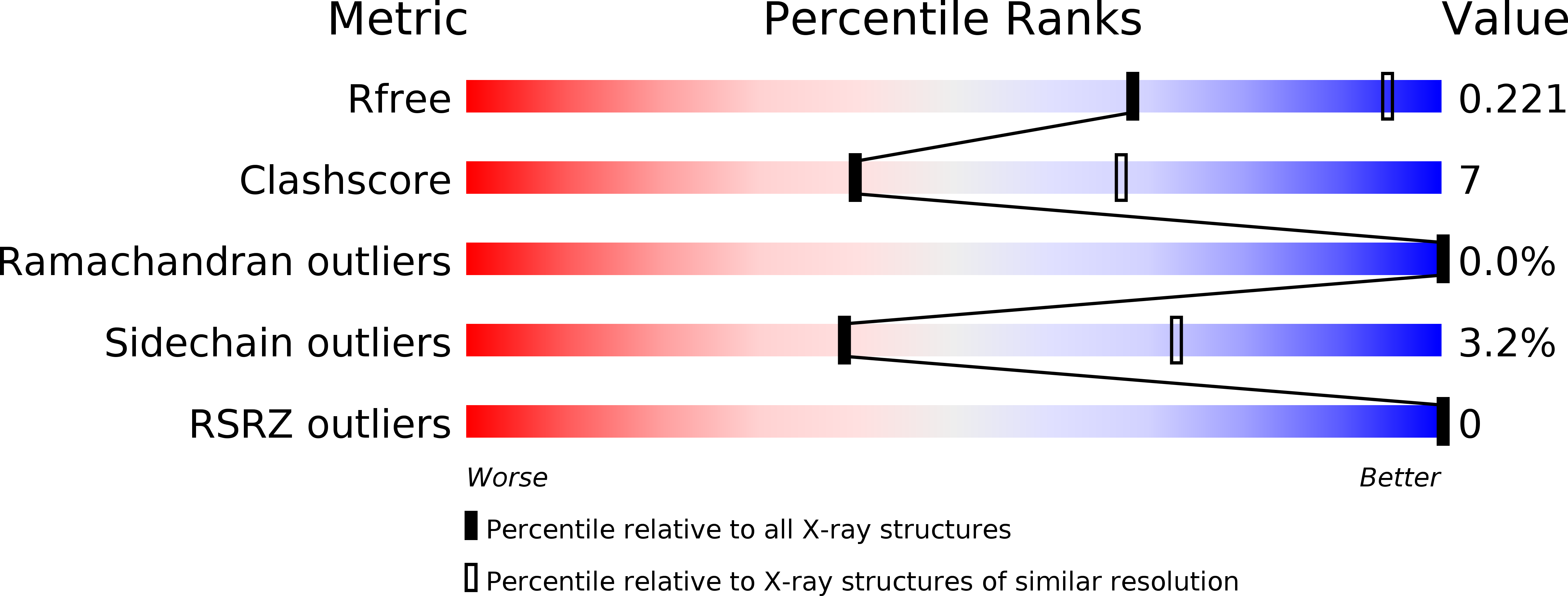
Deposition Date
2016-11-01
Release Date
2016-12-21
Last Version Date
2024-11-13
Method Details:
Experimental Method:
Resolution:
2.80 Å
R-Value Free:
0.24
R-Value Work:
0.20
R-Value Observed:
0.20
Space Group:
P 1 21 1


